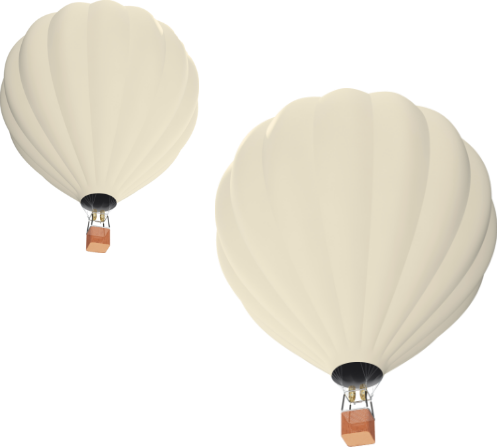
Your Complete Guide To Starting Your Master's in the US
.png)
ISO Customer Care | Dec 23, 2024 International student life
The U.S. is known for high-quality education and its renowned universities. It is a dream for students worldwide to study at the prestigious universities here. There are various factors that will impact your decision while planning your master's. In this blog, we will break down everything you need to know about starting your master’s in the US, including costs, the application process, and key requirements.
Why Pursue a Master’s in the USA?
The U.S. is home to some of the best universities globally, and some of the most popular master’s courses chosen by international students are engineering, business, computer science, social sciences, and humanities.
International students choose the US not only because of its high-quality education but also because of the networking opportunities, potential internships, and exposure to leading experts in their fields. Students apply for F1 OPT after their studies to take full advantage of the variety of professional opportunities available.
Cost of Master’s Programs in the USA
One of the common questions international students have is determining how much it costs to study abroad. Tuition fees in the US can be quite high, particularly for international students. The cost of a master’s program can range from $20,000 to $50,000 per year, depending on the university and program. However, fees can be significantly lower for public institutions compared to private universities.
Apart from tuition, you would have to also account for living expenses - including accommodation, food, transportation, health insurance, and textbooks. On average, living expenses in the US can range from $10,000 to $20,000 annually, depending on the city or state you are studying in. Cities like New York, San Francisco, and Los Angeles tend to have higher living costs.
Application Process for Master’s Programs in the USA
The specific requirements for masters programs can vary by university and field of study, but some common prerequisites include:
- Bachelor’s Degree: You must have completed an undergraduate degree from an accredited institution. Some universities might even expect you to submit an evaluation with their transcripts from WES.
- Standardized Test Scores: GREand GMAT scores are often required. Some programs may waive the GRE requirement, especially for applicants with professional experience.
- English Proficiency: Non-native English speakers must demonstrate proficiency in English through TOEFL, IELTS, Duolingo, or other accepted tests.
- Letters of Recommendation: Typically, two or three letters of recommendation from professors or employers are needed.
- Statement of Purpose: A 300–600 word well-written essay that explains how the program is aligned with your career goals.
Visa Application
One of the next steps in your journey will be to apply for your F1 visa. Even though applying for an F1 visa is a very straightforward process, it can get tedious sometimes. It is important for you to have the right documents in place and try to secure your visa appointment ASAP. Here’s a general overview of the process:
- University acceptance & I20: Once you get accepted by a SEVP approved university, they will issue you an I20, which is needed for your visa application.
- Pay the SEVIS Fee: Pay the SEVIS fee online and keep the receipt for your visa interview.
- Complete DS-160 Form : Fill out the DS-160 online visa application form and get the confirmation page with a barcode.
- Schedule Visa Interview: Book an appointment with the U.S. embassy or consulate and prepare the required documents, including your passport, Form I-20, financial proof, and DS-160 confirmation.
- Attend Interview: Go to the interview, answer questions about your study plans, and provide the necessary documents.
- Receive Visa: If approved, your visa will be processed, and you’ll receive it in your passport.
- Travel to the U.S.: You can enter the U.S. up to 30 days before your program starts, with all required documents.
You can learn more about the F1 visa application in detail here.
Starting your master’s journey is a rewarding experience that opens doors to countless opportunities. Whether you are pursuing an MS/MA in the U.S., it is important to thoroughly research the program, understand the financial implications, and be mindful of the application process. With careful planning and a strong application, you can achieve your academic and professional goals in one of the world’s top educational destinations.
If you are looking for affordable health insurance options during your time in school or even after you graduate and are on OPT, ISO’s got you covered. You can learn more about ISO’s affordable health insurance plans here.
ISO wishes you the very best for your journey in the US!
About ISO Student Health Insurance
Founded in 1958, ISO prides itself on being the leader in providing international students with affordable insurance plans. Administered by former and current international students, we are able to assist our member with multilingual customer service in Chinese, Hindi, Spanish, and more. ISO serves over 3,200 schools/colleges and more than 150,000 insured students every year.
For more information, please visit www.isoa.org and connect with us on Facebook, Instagram, WeChat, WhatsApp, and LinkedIn.







.png)
.jpg)